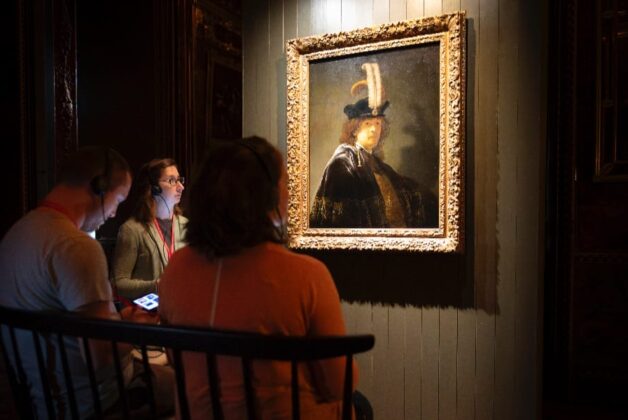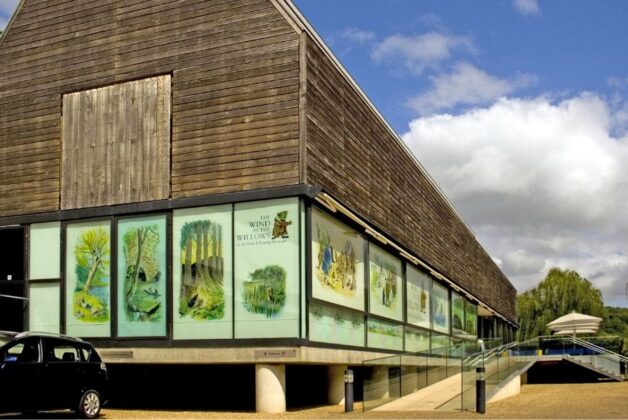Image: One of the discoveries at Sutton House (National Trust Images James Dobson)
The seventeenth century paper cuttings are thought to have been created when the National Trust property was a a girls’ school
Decorative paper cuttings thought to be made by seventeenth century schoolgirls have been identified at the National Trust’s Sutton House in London.
The 500-year-old property served as a girls’ school in the seventeenth century, but it was during a renovation in the 1980s when hundreds of pieces of ephemera had been found under floorboards and were stored but undocumented.

These finds went uncatalogued for over 30 years until last year, when a team of volunteers began to sort through bags of centuries-old builders’ rubble, discarded textiles, paper and bones and other objects which had been lost over time.
Among the finds was a small number of cut-out paper designs, only a few centimetres in size, some hand coloured. Eight of these have been dated to the late seventeenth century when papercutting as a pastime in the UK was in its infancy.
The paper-cuttings will be on display at Sutton House in the ‘Lost by Schoolgirls’ exhibition which begins this month.

Dr Isabella Rosner, an expert in early modern material culture, identified the paper cuttings at Sutton House which are almost identical to only two other known surviving examples, one of which is a decorative box dating to the 1680s held in a collection at Witney Antiques in Oxfordshire.
She explained: “In the middle of the seventeenth century, Hackney was the centre of girls’ education in England, and from 1657 Sutton House was a girls’ school under the lead of Sarah Freeman. It is believed that Hannah Woolley who also established a school in Hackney with her husband may have taught at Sutton House after she was widowed, and so it is possible the paper cut-outs identified were carried out by pre-teen and teenage girls under her tutelage.
“The prints found underneath the Sutton House floorboards are hugely exciting, as they give us glimpses into the rich material world of middle and upper-class schoolgirls 350 years ago.”
Kate Simpson, National Trust Senior Collections and House Officer added: “We are thrilled that such an exciting discovery has been made at Sutton House.
“We have long known about the role of Sutton House as a girls’ school over its lifetime but with few details about the classes, the pupils or teaching. This discovery brings to vivid life one of the skills that pupils were taught and the painstaking process of handling, cutting, and colouring such tiny pieces of paper.”





